Market Place
King John, by his charter of 1204, granted a weekly market in Chesterfield, on a Saturday, and a fair for eight days at the festival of Holy Rood. The market was for corn (particularly wheat and oats), and all kinds of provisions. A later charter of 1631 granted four fairs a year, on 28th February, 4th May (for 2 days), 4th July and 14th September (for 8 days)..The February fair was mainly for horses, and the September or Michaelmas, fair was particularly known for produce such as cheese, apples and onions. - Frances Firth
.jpg)
Thanks to Chesterfield Museum
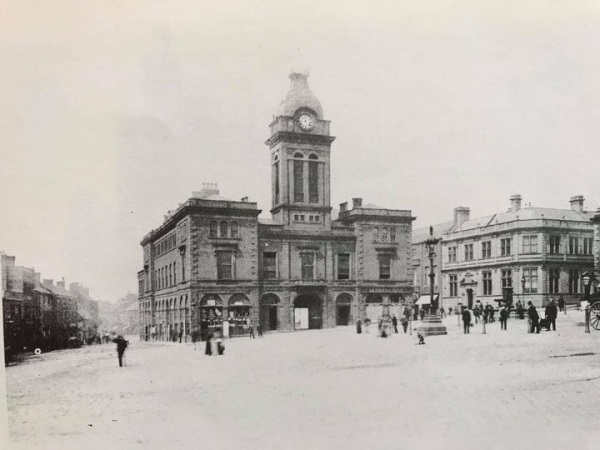
Market Hall 1857.
Thanks to Alan Taylor
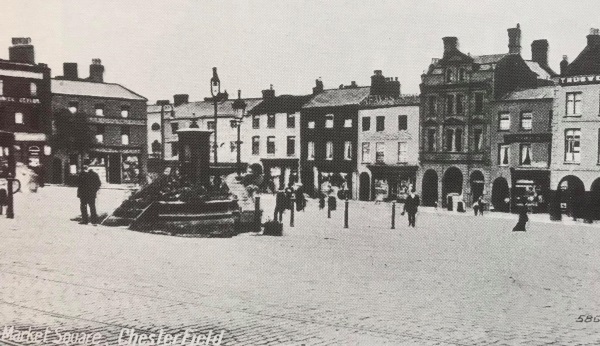
An Edwardian photograph of the Market Place and Low Pavement
Thanks to Alan Taylor
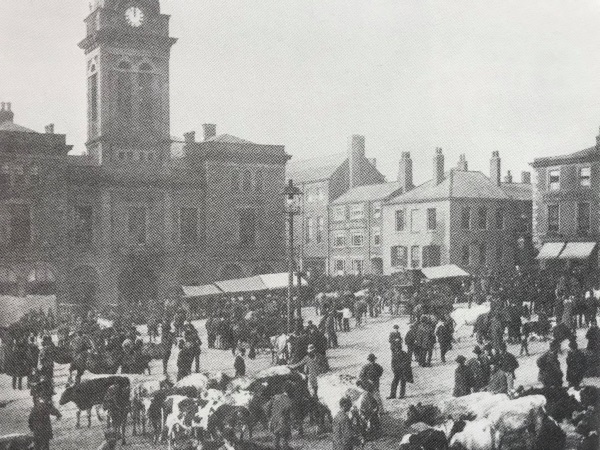
September Fair Day in 1882.
Thanks to Alan Taylor
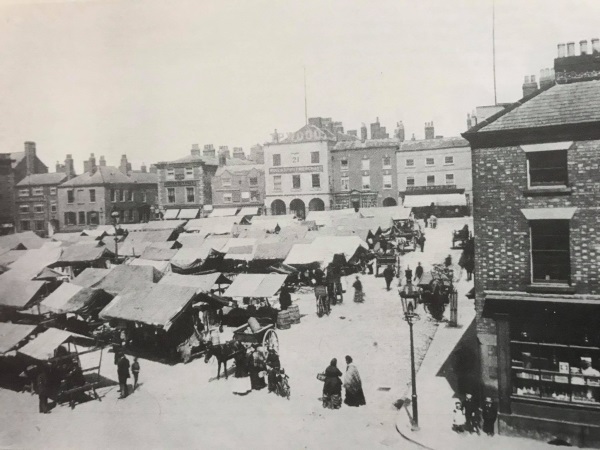
Market day in about 1885.
Thanks to Alan Taylor
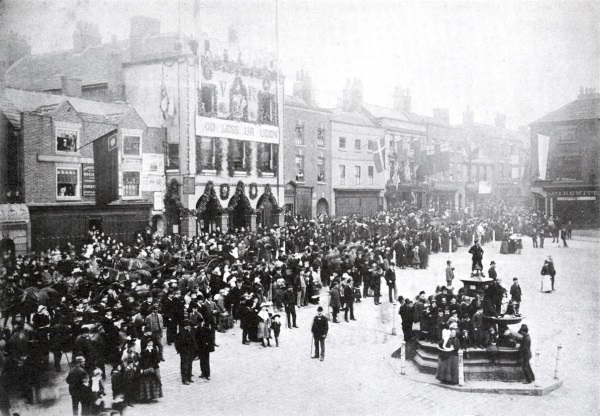
Market Place - Golden Jubilee of Queen Victoria 1887
Queen Victoria’s Golden Jubilee celebrations took place in Chesterfield on 21st September 1887 when over 50,000 people demonstrated their loyalty to the Queen. Shops, houses and public buildings were all elaborately decorated with flags and banners. The civic procession through the streets was nearly a mile long, the chief feature being the Trade section with an admirable display of local industries. Highlight of the occasion was the official opening of the Queen’s Park by the Mayor, Alderman T. P. Wood.
Thanks to Chesterfield Museum
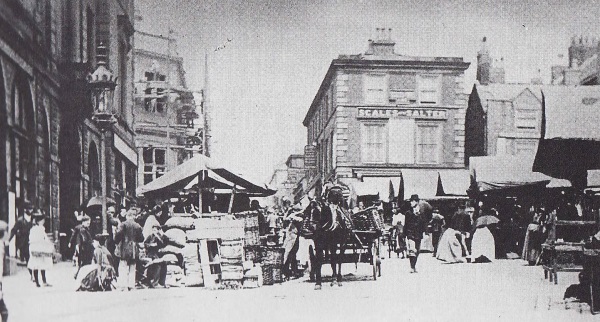
Market square 1893.
Thanks to Neil Botham

The mayor of Chesterfield reading the public proclamation of the death of Queen Victoria and the accession of King Edward VII in January 1901.
Thanks to Alan Taylor
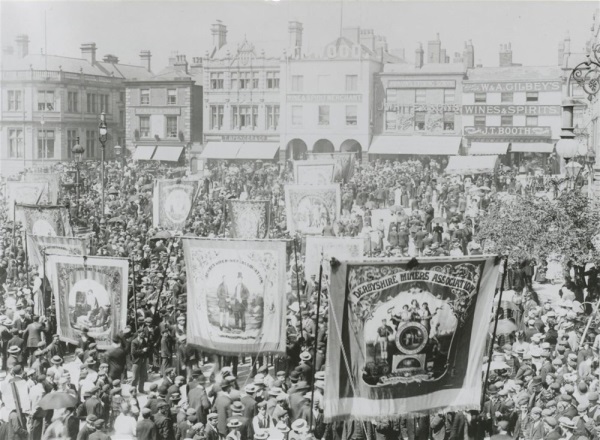
Miners Demonstration in Chesterfield Market
The annual miners gala in the Market Place in May 1902. The banners from the various nearby pits are proudly on display.
Thanks to Chesterfield Museum
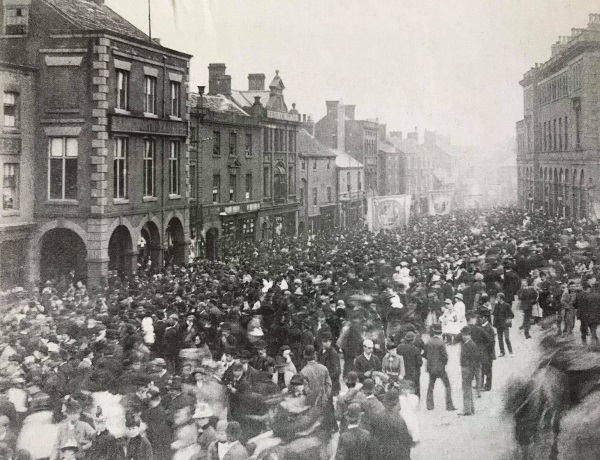
A public gathering, possibly a miners gala at the turn of the twentieth century, taking place along Low Pavement and the Market Place. around 1903.
Thanks to Alan Taylor
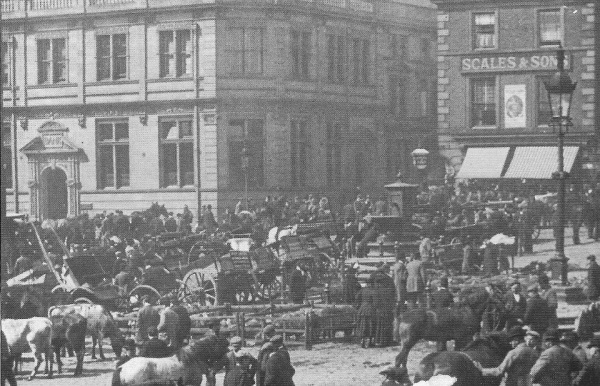
Livestock market in Chesterfield. - 1905
Thanks to Mick Walpole
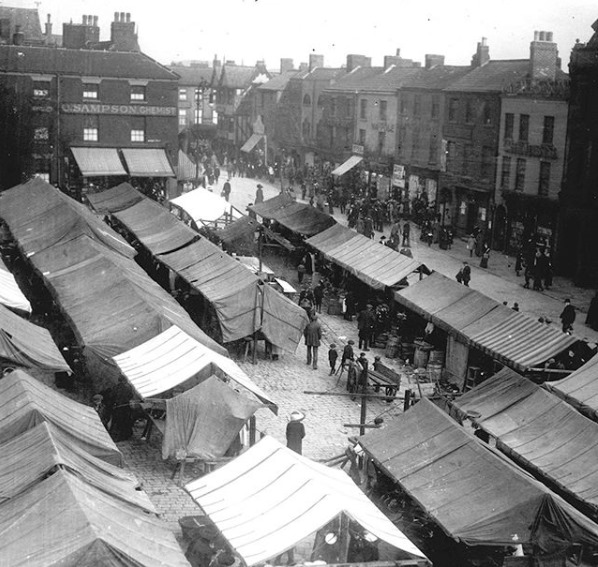
1910
Thanks to Rob Marriott
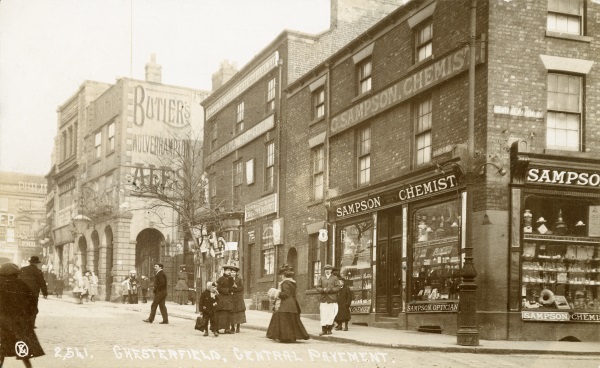
Sampson and Barfoot on the corner was one of the oldest chemists in Chesterfield. A pharmacy is believed to have existed on this site since about 1750. The shop here was established in 1804 by Joseph Bettison. It continued as Bettison and Booth until c1885 when Messrs Sampson and Barfoot became the owners. Barfoot left the partnership and Mr Sampson was succeeded in c1926 by Mr F W Dutton. He ran the business until 1950. - 1910.
Thanks to Picture the past
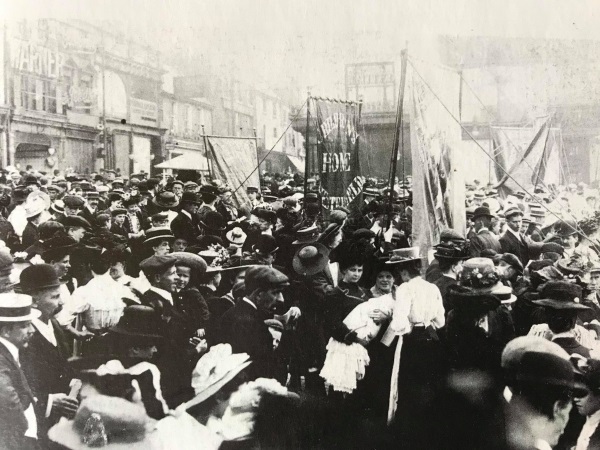
The Sunday school demonstration in the Market Place, on Whit Monday in 1911.
Thanks to Alan Taylor
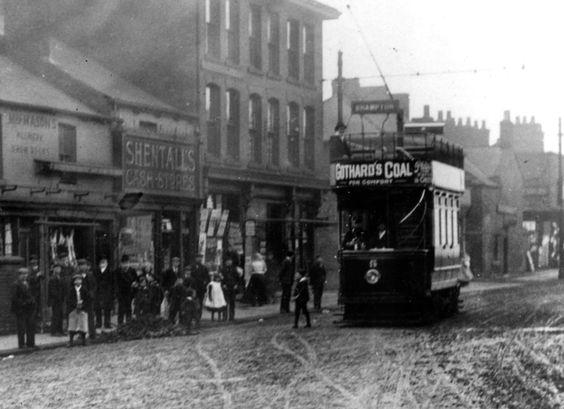
Thanks to Jacqui Wilkinson
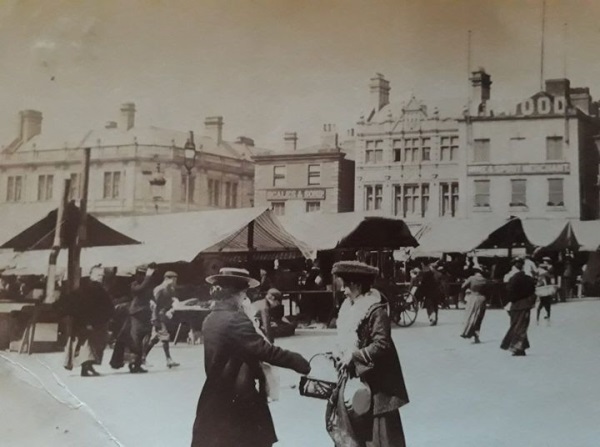
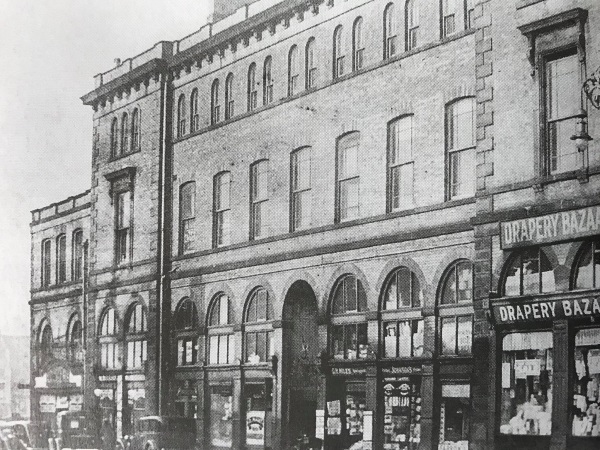
The south side of the Market Hall in the 1940's,
Thanks to Alan Taylor
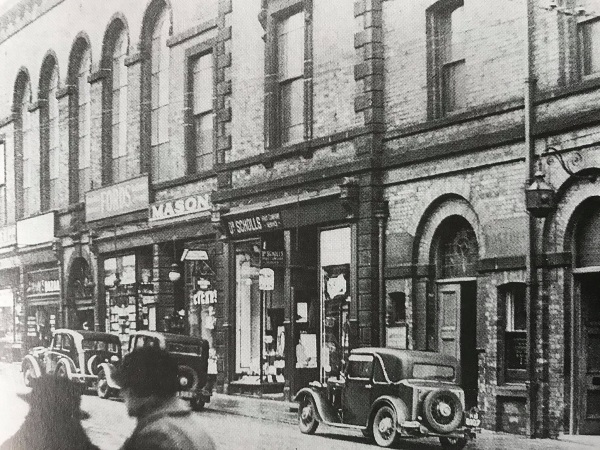
The north side of the Market Hall in the 1940s.
Thanks to Alan Taylor
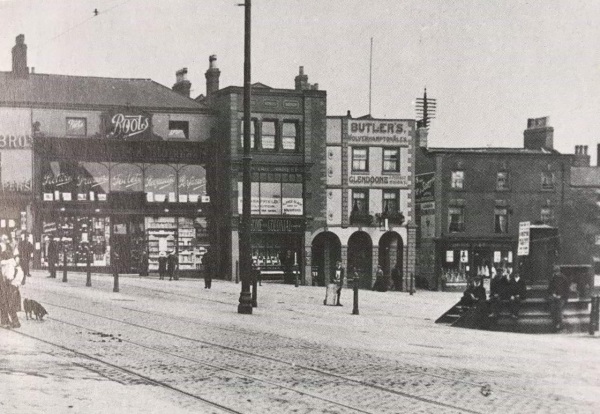
Market Place and Boots the Chemist.
Thanks to Rob Marriott
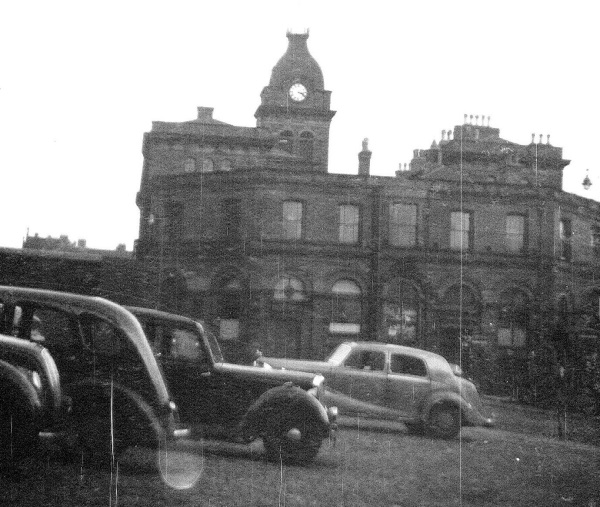
Market Hall - 1950
Thanks to Brian Crossland
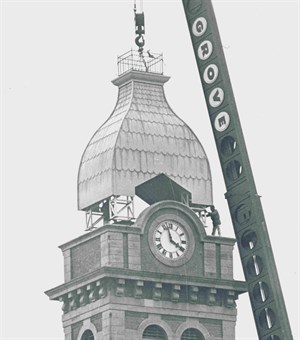
Market Hall Replacing dome.
Thanks to Chesterfield Museum
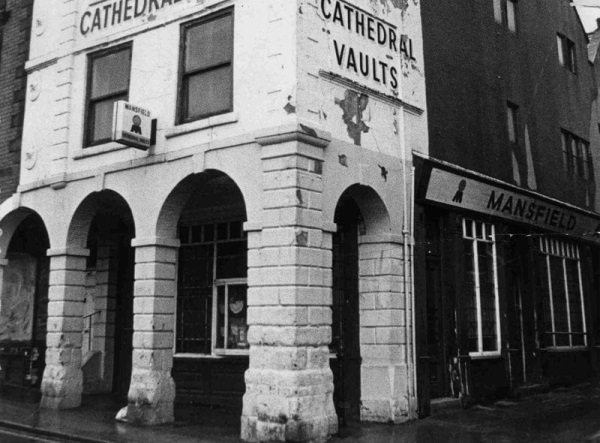
The cathedral vaults located in the market place 1970, known as the pretty windows it closed around the mid seventies.
Thanks to Jon Sambrook
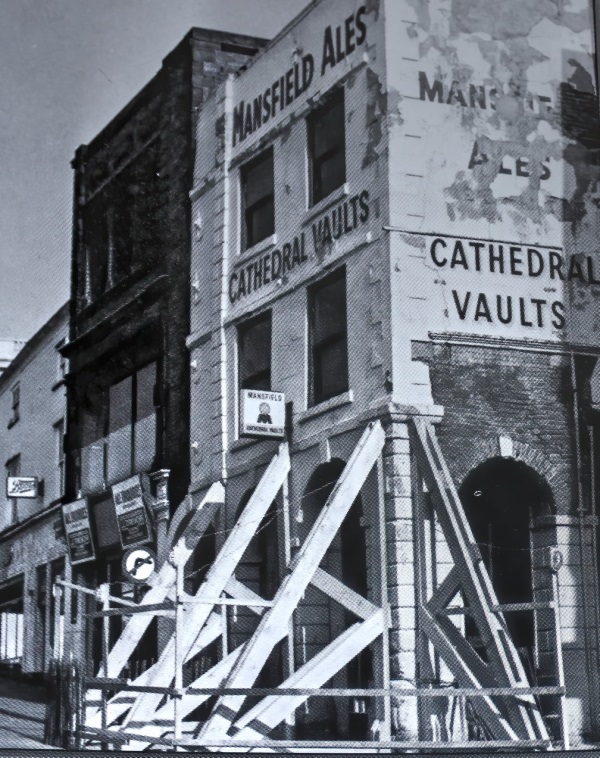
Thanks Neil Botham.
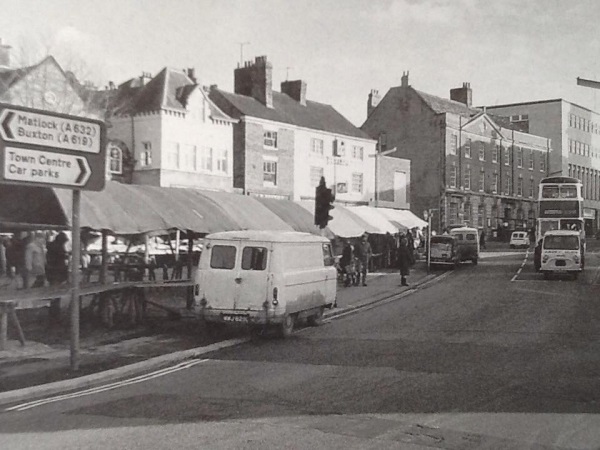
Market Place
Thanks to Alan Taylor
%20-%20Alan%20Taylor.jpg)
Market Place
Thanks to Alan Taylor
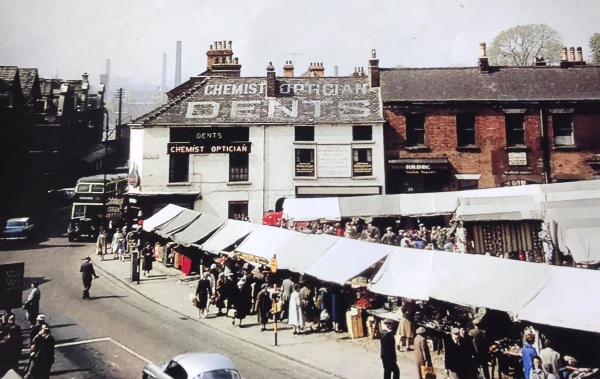
Market Square 1960-5
Thanks to Alan Taylor
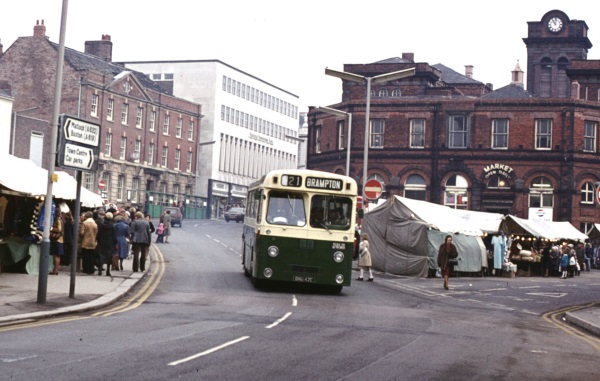
Market Day
Thanks to Andrew Bagshaw
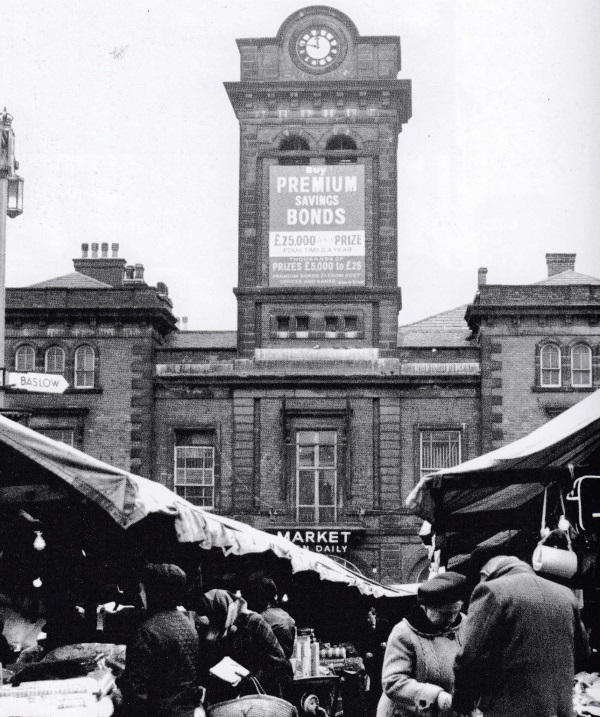
Market. Around 1968
Thanks to Neil Botham
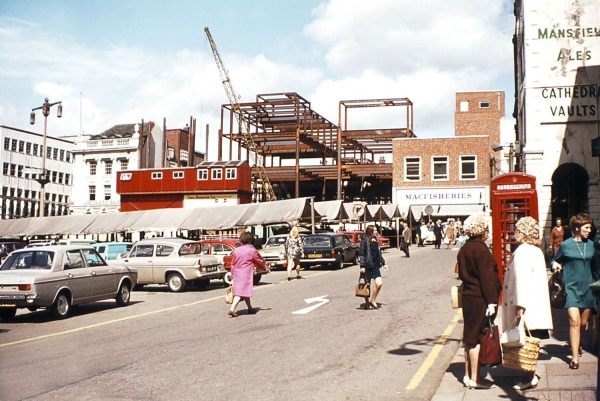
Market Square, Littlewoods under costruction - 1969
Thanks to Paul Greenwood
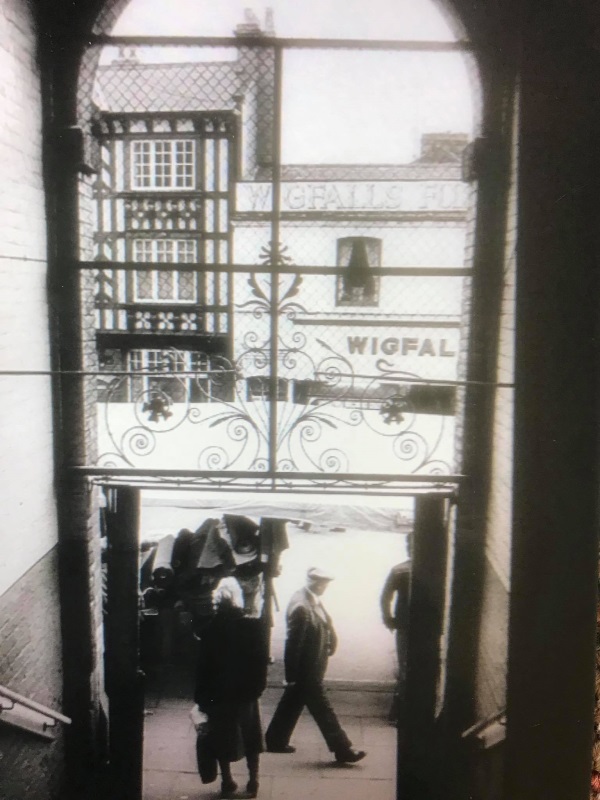
Indoor Market steps in 1977.
Thanks to Alan Taylor
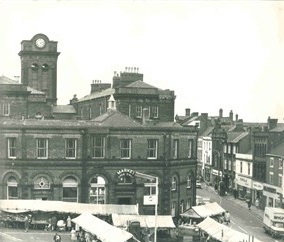
Market Hall without dome - 1978
Thanks Chesterfield Museum
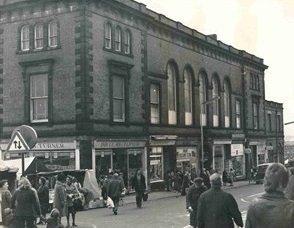
Market Hall Shop fronts
Thanks to Chesterfield Museum
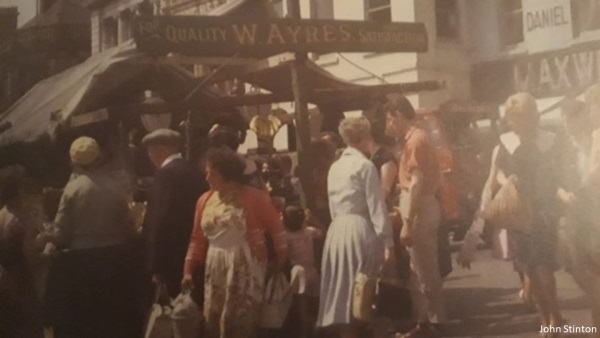
Thanks to John Stinton
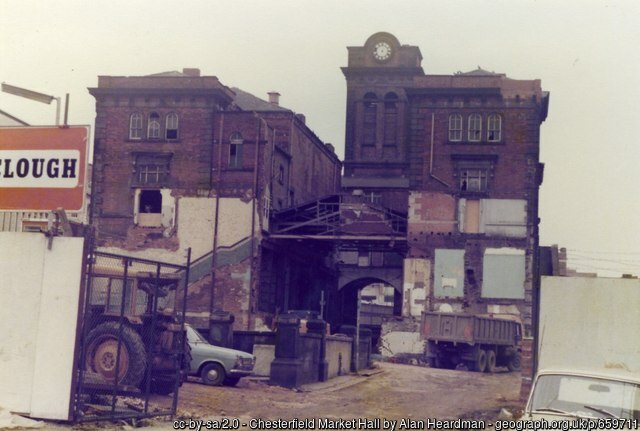
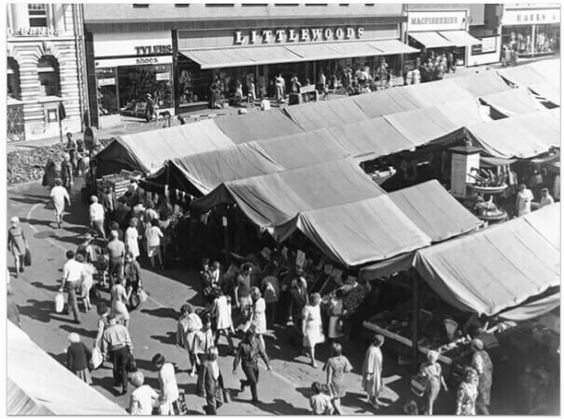
Thanks to Jacqui Wilkinson
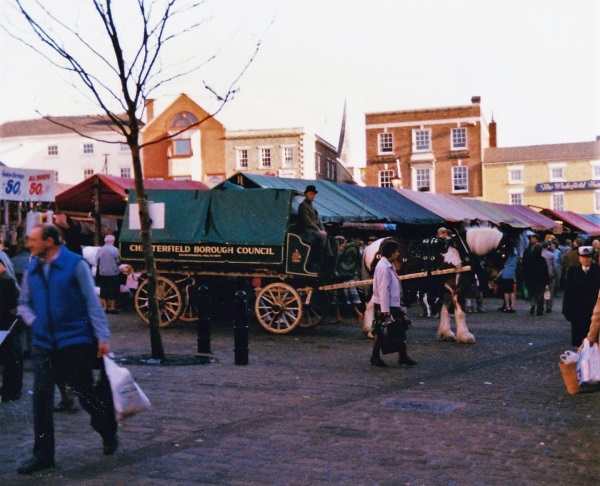
Market Square - 1980's
Thanks to Sally-Ann Radcliffe
The old Post Office - 2004
C18 house, was used as Post Office after 1886
until 2019. Red brick with brick pilasters, eaves cornice and coped parapet. Pediment with oeuil de boeuf over centre slightly advanced section which has 3 windows. 5 windows in all, sashes with gauged flat red brick arches, keystones and glazing bars. C20 stone facing to ground floor.
The Town Pump - 2005
Early/mid C19. Plinth may be earlier. Cast iron pump with large bowl set on tall stone plinth. Plinth octagonal with 4 steps on north side, curved on south side to accommodate bowl. Pump housing of cast iron square section with panelled faces and pyramidal cap with finial. Pump handle and spout intact. Large painted cast iron bowl rises from octagonal plinth and ribbed stem to wide shallow bowl with moulded base and edging. John Wesley spoke from "the town pump" on 1777.
21 Market Place -2007
Late C18/early C19 facade. Formerly 2 buildings now I shop occupying a corner position at junction of Market Place and High Street. Painted brick with moulded eaves cornice and hipped slate roof. 3 storeys. 3 sashes to High Street and 4 to Market Place all with engraved stuccoed lintels. 2nd floor High Street facade has modern casements in former sash spaces, 1st floor unbarred sashes. Market Palace facade 2nd floor northern window sash with boxed frame and late C19 glazing, 3 light sash below, remaining windows all sashes with glazing bars, centre 1st floor with keystone. Victorian rear section along High Street, Irongate facades with corner turret. This part of red brick with stone dressings.
Thanks to Historic England
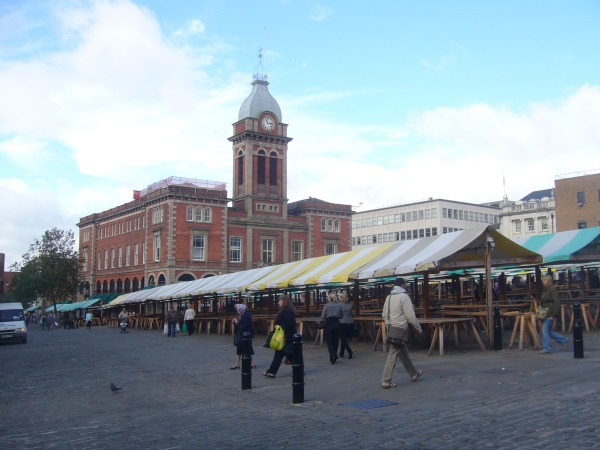
2007
2012